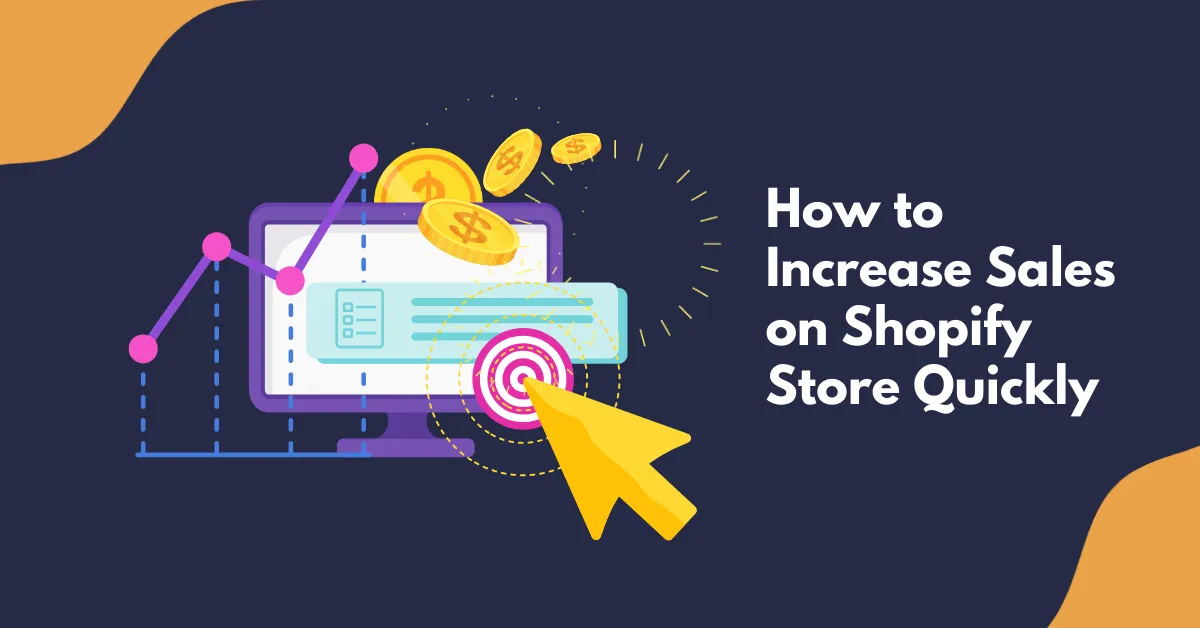Learn how to increase sales on Shopify using trust, social media promotion, offering a flash sale, collecting emails, and creative ads.
Let’s be honest. Running a Shopify store isn’t easy. You pour hours into designing products, writing descriptions, and tweaking your website. Also, you post on social media, you try to run ads, and nothing happens.
Every Shopify seller faces this at first. The good news is you can fix this by taking small steps. You don’t need lots of money. You don’t need many friends. You just need a good plan, to wait, and to keep trying.
Let’s discuss how to increase your sales on Shopify with the wonderful 12 tips.
12 Best Tips on How to Increase Sales on Shopify
Let us share some practical tips on how to increase sales on Shopify. We’ve gathered from hundreds of discussions, Reddit threads, and experiences from other small store owners who finally made it.
1. Know Exactly Who You’re Selling To
One of the biggest mistakes new Shopify sellers make is thinking their product is for “everyone.” But the reality is, if you try to sell to everyone, you sell to no one.

You need a niche. A specific group of people who would absolutely love what you’re offering.
Example:
Instead of saying:
“We sell mugs, t-shirts, blankets, and jewelry.”
Say:
“We sell funny mugs for cat lovers.”
“We sell graphic t-shirts for gamers.”
“We sell lab-grown diamond rings for first-time buyers on a budget.”
Look at the difference? Now you know who you are talking to when you make posts, ads, or content. Your message becomes clear. Your audience feels understood. And that’s what drives sales.
2. Share Use Reviews
93% of people say they read reviews before making a purchase. Half of customers are ready to buy if a business only replies to good reviews. 87% of people trust everyday customer opinions way more than celebrity endorsements.
Reach out to your happy customers and ask them to leave a review on your Google Business, Yelp, or TrustPilot page. Their kind words can do wonders. Share these reviews in your emails, on social media, and even on your product pages.
3. Create Content That Actually Engages
Posting random product images won’t cut it anymore. Social media is your stage, not just a billboard.
Videos are better than images. Show your toy or thing moving so people notice it. Teach something fun, like how to play with it or take care of it. To let people know you, share your story, including the good times and the difficult ones. Keep sharing little things often so everyone remembers you.
Here’s where we want to mention Shhots AI. This platform makes videos from your product photos, mainly for Shopify stores. You connect it to your store, and it looks at your pictures to create videos automatically.
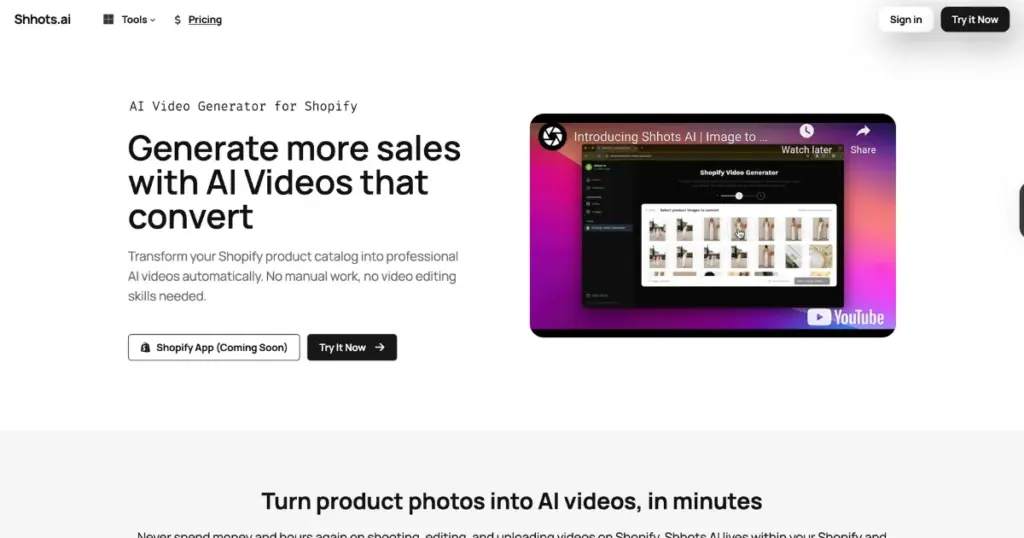
Videos are made much faster than by hand, especially if you have many products. If you have a Shopify store and good photos, Shhots AI can help you make videos quickly and cheaply.
4. Create Blog Content That Answers Questions
Blogging is a budget-friendly alternative to pricey social media ads. Why pay to reach people who might not even care about your product? Instead, create content that pulls in the customers who are already looking for what you offer.
Start by finding the keywords your audience is typing into Google. Answer their questions. Give them value. And follow SEO best practices so your content actually gets seen.
5. Make Your Store Easy to Buy From
Even if people like your product, a clunky website can stop them in their tracks. Make your website super fast so nobody has to wait. Make it easy to use on phones because most people shop on them.
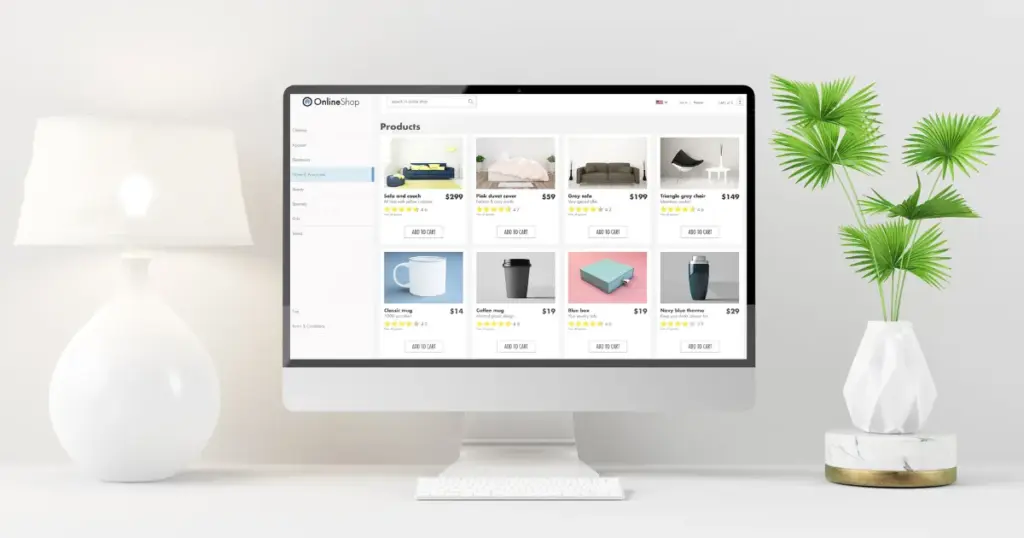
Tell your visitors everything about your product, such as size, color, and material. Don’t just stop there. Show images from all sides, even close-ups. Use keywords people actually search for. This brings organic traffic without spending on ads.
6. Start Creative With Ads
Ads don’t have to drain your wallet. Show your product only to people who really want it, not everyone. Remember people who have looked at your store before, so they’ll remember to come back. Try different images, videos, and words to see which one makes people happy. Pay attention to people searching for things they want to buy, like “special t-shirt” or “diamond ring online.”
7. Collect Emails and Build Community
The goal of your store is to build a community, not just sell products. You can offer freebies, discounts, or a chance to win a product in exchange for emails.
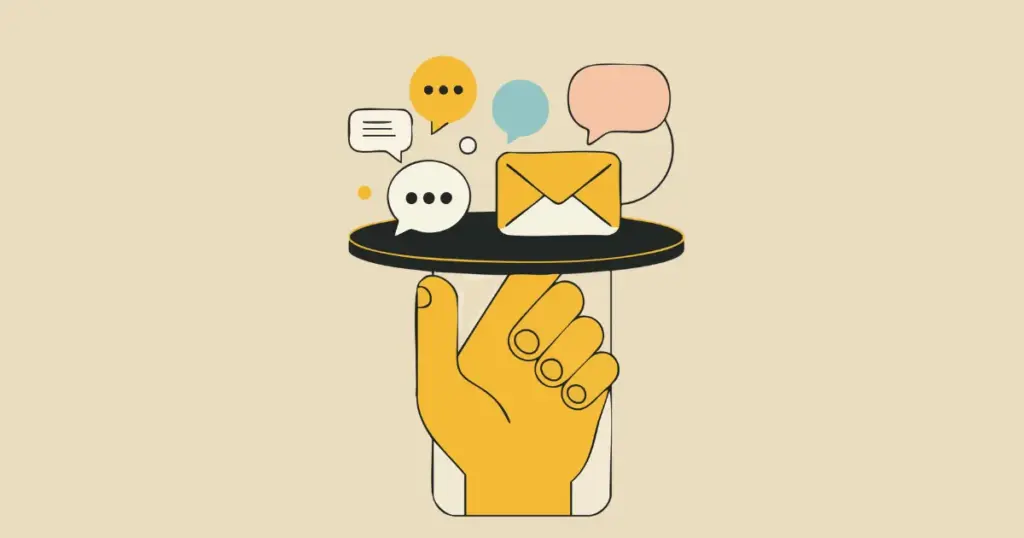
Try to encourage people to share your brand with friends. Also, participate in online forums, Reddit threads, and Facebook groups.
8. Differentiate Yourself
Why should people buy from your shop and not a big store? Because your shop is special. You have your own story, your own nice designs, you care about where things come from, you treat customers kindly, and you have products that others don’t have.
9. Provide a Transparent Return Policy
It might feel strange to talk about returns before someone even buys, but it really helps boost sales. Studies show that 67% of shoppers check a store’s return policy before placing their first order.
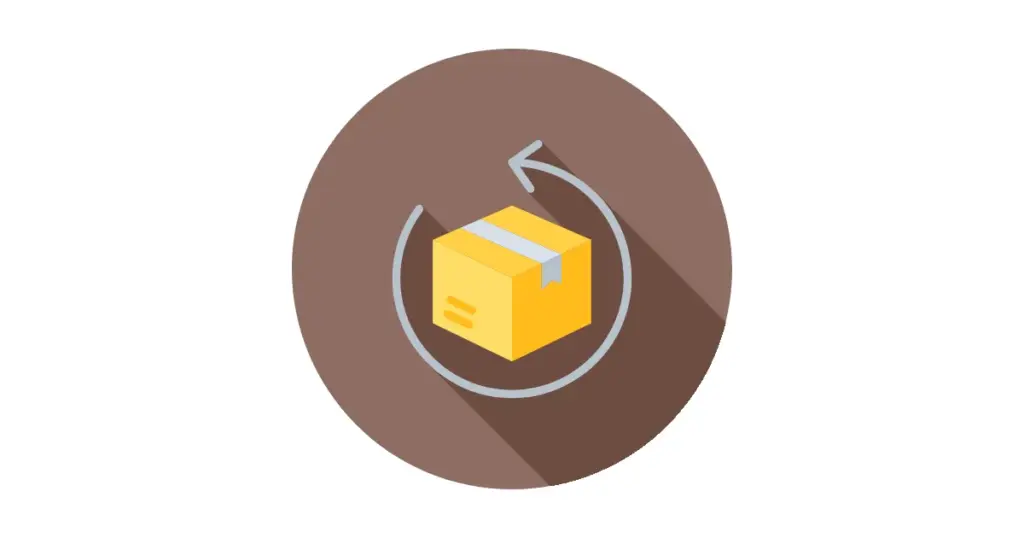
So, be clear about how long they have to return an item, what can or can’t be returned, and whether returns are free or come at a cost. Show this info in small, visible spots like your footer, checkout messages, or under product descriptions. It gives hesitant shoppers the confidence to hit that buy button.
10. Experiment and Learn
Nothing works perfectly the first time. Try out different people, different pictures or videos for ads, different ways of talking, and different prices to see what works best.
CTR, CPC, bounce rate, and add-to-cart rate are all metrics you need to track. These numbers tell the real story. Learn, adjust, repeat.
11. Make Use of Social Media Promotion
By February 2025, a whopping 5.56 billion people were online, which is nearly 68% of everyone on Earth! Out of them, 5.24 billion were scrolling, liking, and sharing on social media.
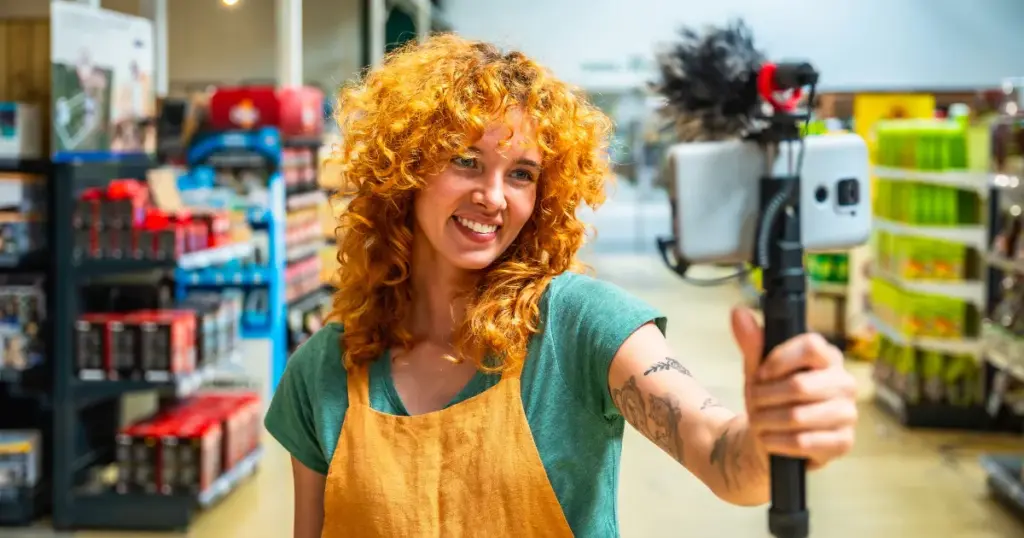
Want social media marketing that actually works? Start by really knowing your audience. Where do they spend their time online? What makes them pause, like, comment, or share? How do they scroll through their feeds? Once you get that, you can craft a strategy that hits home and drives traffic straight to your store.
Think Facebook Shops or YouTube Shopping. Shopify hooks into all of them so your followers can browse and buy without ever leaving their social apps.
12. Offer a Flash Sale
A flash sale is like a regular promo, but with way more urgency. The flash part means customers have to act fast before it’s gone. That little pressure actually pushes shoppers to hit “buy” instead of overthinking.
To make it work, you need enough stock ready, a clear start and end time, and a consistent message across your website, socials, and emails. Launch them too often, though, and people might start waiting for the next one instead of buying now.
How to Promote Your Shopify Store?
Sharing your products on Facebook and Instagram is a good first step, but it won’t bring lots of people by itself. To get more visitors, you need to try different ways. You can pay for ads on places like Meta and Google to show your products to the right people quickly.
Also, making your store easy to find on Google helps people discover it without ads. Making fun videos, stories, or little blog posts about your products keeps people interested and coming back. Working with people who have many followers can show your store to more people who might like it. Talking, sharing news, and playing with your audience helps them love your products and tell their friends about them.
Conclusion
It’s okay to feel tired and frustrated. Running a Shopify store is not easy. But remember why you started.
Maybe you wanted to be your own boss. Maybe you wanted extra income. Maybe you wanted to share your passion with the world.
Hold onto these best tips on how to increase sales on Shopify store. Let it fuel you. Every small step counts. Every single effort brings you closer.
FAQs
What is the fastest way to go from $0 to $100,000 in Shopify sales?
There’s no fixed timeline. For some, hitting $100K can take a few months with the right product and marketing. For others, it may take years. Variables include your product, marketing strategy, effort, and market demand.
How can a Shopify seller maintain the right mindset?
You need to be self-motivated, resilient, and hardworking. Nobody will hand you success. Avoid expecting step-by-step guidance or a “get rich quick” route. If you’re not ready to put in the work, you’ll struggle.
How should I structure Shopify product and collection pages?
On Shopify, your product and collection titles usually come as H1 by default. Use H2s and H3s in your descriptions to give your content some structure. It makes your page way easier to read. Format your text, sprinkle in images. Little touches go a long way. Tools like SEOQuake are a lifesaver. They let you check titles, meta descriptions, ALT text, and your heading setup in a snap.
How much can email & SMS contribute to Shopify sales?
Many merchants aim for 30–40% of sales from email and SMS. Some stores barely hit 5% if their flows and campaigns aren’t on point. Honestly, it all comes down to your strategy, your traffic, and how well your emails actually connect with people.
Is SEO important for Shopify stores?
Absolutely. Many new store owners underestimate SEO. Grab tools like Yoast SEO or Store SEO. Do a quick site check with Screaming Frog. Track your keywords with SEMrush (free version) and Google Search Console. Most importantly, write posts that actually help people, not just push your products. So that traffic arrives organically.
Is it normal for traffic to be low right after launching a Shopify store?
Yes, very normal. Many store owners see slow traffic initially. Growth often takes months of consistent effort. One Reddit user mentioned seeing an uptick only after 2 months despite investing time, money, and social media activity.
How to get sales on Shopify without ads?
It is possible to get sales on Shopify without ads or social media, but it’s harder than on Etsy. On Etsy, buyers already come to the platform, but on Shopify, you need to bring them to your store yourself. You can use free methods like SEO, blogging, emails, or PR, but these take time and effort. Some stores make six figures with just organic traffic, but results are different for everyone. Be patient, keep testing, and grow your brand step by step.
